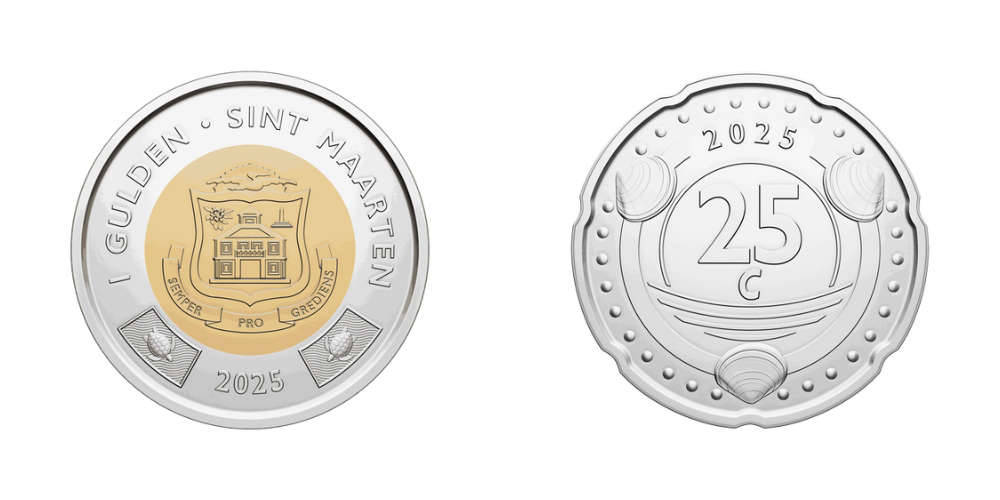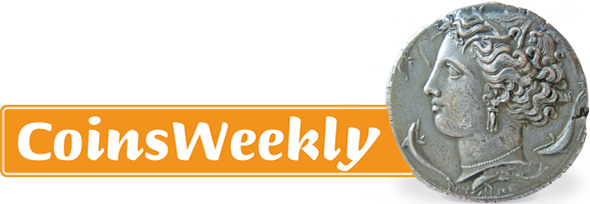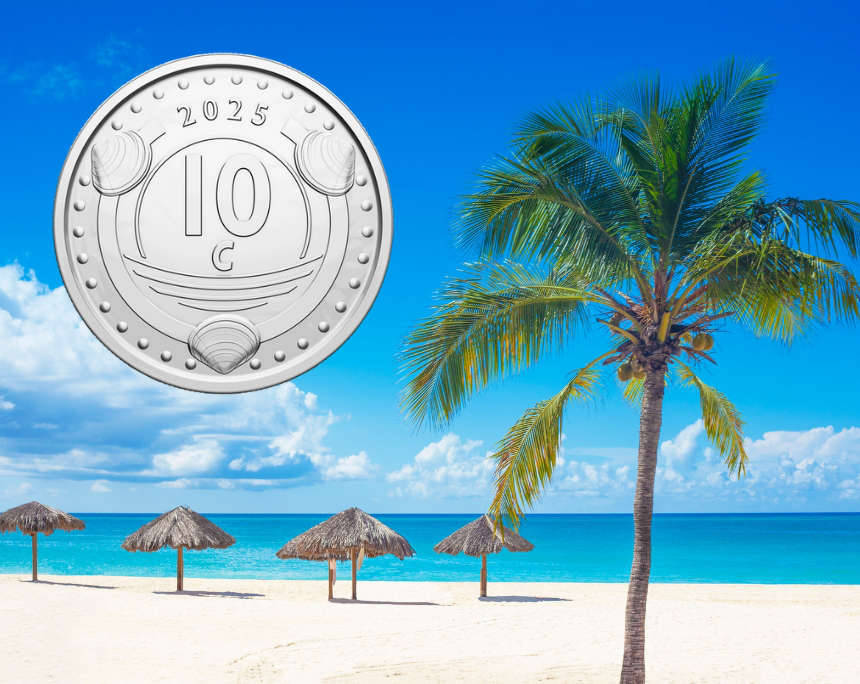Caribbean Guilder: Joint Currency Introduced for Curaçao and Sint Maarten
By Sebastian Wieschowski
After years of preparation and several delays, the time has finally come: On 31 March 2025, the Caribbean guilder (abbreviation: CMg) was officially introduced in the autonomous countries of Curaçao and Sint Maarten. The new currency replaces the former Netherlands Antillean guilder (ANG), which remained in circulation following the dissolution of the Netherlands Antilles in 2010.
Content
The introduction of the Caribbean guilder marks an important step towards economic integration between the two island nations, which have shared a central bank – the Centrale Bank van Curaçao en Sint Maarten (CBCS) – since 2010. The currency conversion was made at a one-to-one rate, meaning the Caribbean guilder holds the same value as the outgoing Antillean guilder.
Fixed Peg to the US Dollar
Like its predecessor, the Caribbean guilder is firmly pegged to the US dollar: one US dollar equals 1.79 CMg. This fixed exchange rate is designed to ensure economic stability and foster trust in the new currency.
The CBCS emphasised ahead of the launch that the Caribbean guilder is intended to modernise the region’s payment system in the long term. At the same time, monetary policy is expected to become more efficient as outdated structures linked to the Antillean guilder are finally phased out.
Maritime Design – Banknotes with Depth
The new banknotes and coins reflect the geographic and cultural identity of the two islands. The theme of the banknote series is “Life Below the Sea.” The front side features colourful marine fauna native to Curaçao and Sint Maarten – including coral reef fish, sea turtles and other typical ocean life. The reverse side depicts significant historical and cultural landmarks from both countries.
The banknotes have been issued in denominations of 10, 20, 50 and 100 CMg and are equipped with modern security features, including watermarks, holograms, and tactile elements for the visually impaired.

The new coins, in cent and guilder denominations, are now being issued. Photo: Centrale Bank van Curaçao en Sint Maarten.
Coins with Local Variations
The new coins also embrace the maritime theme, showcasing designs such as seashells, wave patterns, and sea turtles. Interestingly, Curaçao and Sint Maarten each have slightly different coin designs – a subtle nod to national identity within the shared currency. The circulation coins are available in denominations of 1, 5, 10, 25, and 50 cents, as well as 1 and 2½ CMg.
Transition Period for the Old Guilder
Banknotes and coins of the former Netherlands Antillean guilder will remain in circulation for a limited time and can be exchanged at banks and designated locations. The CBCS has announced that the exchange period will be generous to ensure a smooth transition.
A Historic Step for the Region
With the launch of the Caribbean guilder, Curaçao and Sint Maarten are entering a new chapter of economic autonomy. The new currency not only symbolises their shared future but also aims to lay the foundation for a more modern and efficient financial system in the region.
Background: The Story Behind the Currency Union
Following the dissolution of the Netherlands Antilles on 10 October 2010, Curaçao and Sint Maarten became autonomous countries within the Kingdom of the Netherlands. A joint currency was part of the original vision – but the actual implementation was delayed several times. With the Caribbean guilder, that vision has now become a reality.








